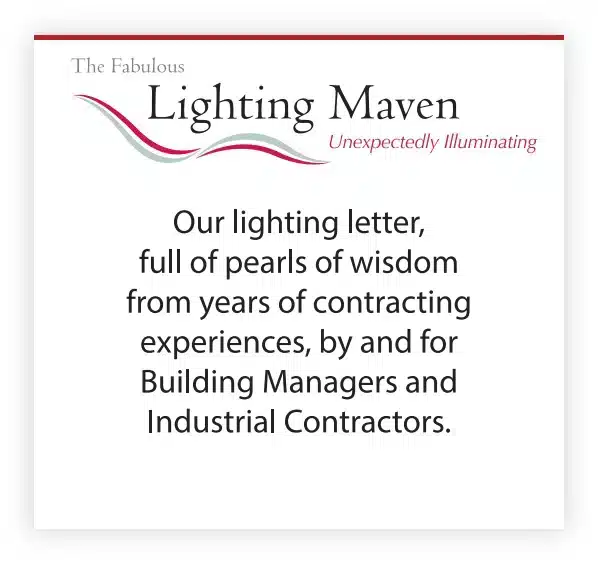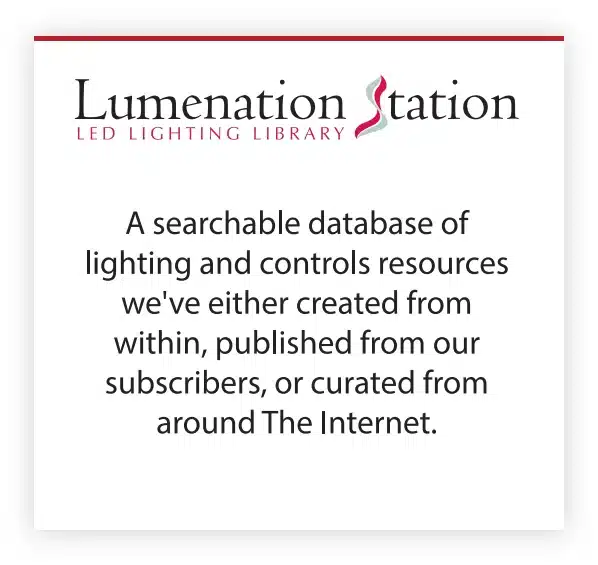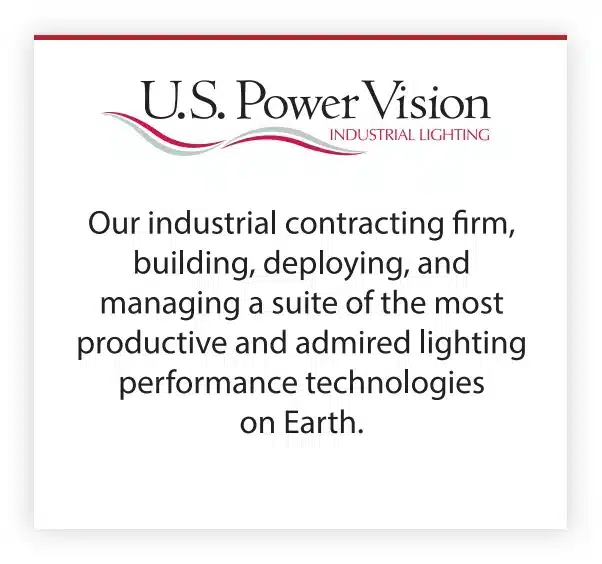Dear Reader:
Time has value. And as such, a part of the analysis as to what the quality of an LED lighting system investment would is to determine what the return on that investment would be over time.
Because dollars invested today are not available for other investments once they’ve been deployed (spent) on a lighting system, one of the first phases of analysis is to discount the savings to be generated annually from the new system to what is called Net Present Value – that is, what are those savings worth today, in present terms, once you factor in the reality that the dollars deployed will not be available for investment elsewhere, at say, an 8% return (just to pick a reasonable number out of the air)?
The prudent Facilities Manager does this because it takes into consideration all of the benefits to LED over fluorescent, HID, etc., including the secondary benefits beyond lighting energy savings, i.e. maintenance savings, cooling load savings, longer warranty periods, etc.
The Corporate Finance Institute offers up a terrific narrative as to the whys and wherefores of the calculation of Internal Rate of Return, beginning with Net Present Value. As they so aptly put it:
“Accounting for the time value of money is required because due to inflation, interest rates, and opportunity costs, money is more valuable the sooner it’s received. For example, receiving $1 million today is much better than the $1 million received five years from now. If the money is received today, it can be invested and earn interest, so it will be worth more than $1 million in five years’ time.”
Calculating Net Present Value is the first step. And then once you have that answer in-hand, you can move on to what you might call ‘Phase II’, that being to then calculate the Internal Rate of Return. Again, from the Institute:
“When calculating IRR, expected cash flows for a project or investment are given and the NPV equals zero … the initial cash investment for the beginning period will be equal to the present value of the future cash flows of that investment. Once the internal rate of return is determined, it is compared to a company’s hurdle rate or cost of capital. If the IRR is greater than the cost of capital, the company would accept the project as a good investment.”
We encourage you to take a look. It will bolster your argument with senior management that you’re bringing a quality investment opportunity to them, poised to deliver significant dividends over a long period of time. You might also look in on our Life-cycle Cost Benefit Analysis Template here. It will do much of the work for you.






